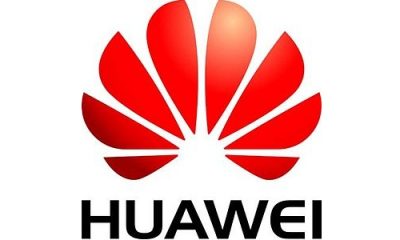Huawei has confirmed the introduction of a US$1.5 billion global financing program, with capital from IOT/ smart solutions focused funding company Smart City Solutions, to fuel the development of smart city infrastructure – with specific attention to increasing activity in Africa.
Lauren Fan, president of the public sector at Huawei, announced the safe city funding programme in Shenzhen, China and said it was established to help governments and smart city builders construct IOT, Command & Control for critical communications and Intelligent Video Surveillance.
Huawei executives believe safe city programmes are now a top priority for city authorities, including those based across Africa, but budget constraints remains a challenge and impacts on efforts to intensify safe city initiatives.
With the fund in place, it is envisaged that the conventional siloed approach to projects, where finance analyses budget and it takes time and further resources to move from one phase to another, all stakeholders determine the entire spectrum of the project simultaneously and link deliverables with finance options immediately.
Edwin Diender, VP – Government & Public Utility Sector, Huawei Enterprise Business Group said budget availability is one issue, but there are others including the impact of a largely traditional approach to digital projects and capital investment, and the growing need for flexibility.
“‘What can we do and when can we start’ is usually the beginning of a discussion (with government) … but the end of the discussion will be ‘what will be the budget?’ or ‘where are the budget constraints?’ or ‘we do not have any budget’. Especially if you look at how smart cities and digital transformation is being formalised and established, it is still very much in the old fashioned way.”
Diender explains that this way is based on projects with a clear beginning and ending, and clear outline.
In other words, there is a request for proposal, there is a public tender, there is a range of technical requirements that vendor/ responder must comply with and there is constraint in terms of what budget available.
“That would mean if you want to move forward to something that was very high up, either you would have to find a technology partner that, for the same budget, has a whole bunch of more functionality and features…. or if you want to be more cost effective, you could say that for the amount of functions and for the number of features that you are actually looking for, you can do that for less than your budget.”
These are really the only two options and both represent a challenge because they require effective savings, a review of dispositional income, taxes etc.
“On top of that there are other elements or other possibilities where you can move forward when you come to things like a loan, or lease / financial services – but also that would be limited to the parts that are described within a very closed inwards looking item or issue or component, like a public tender or a request for proposal… because again that is very siloed, it’s very ‘on its own’ – what it’s not doing by itself (because that is not what the principle is about) it doesn’t look at ‘what is this project for’ , is this a first step in a number of projects alongside each other or the one after each other that indeed is going to help pull the nation higher up a value chain, yes or no,” Diender continues.
This is why Huawei has taken a step away from political processes and a siloed approach on the road to digital transformation.
When it comes to budget plans, governments have to make provision for upgrades, migrations or acquisitions such as additional technology – and the global financing program represents an effective vehicle to help manage these processes.
Diender did acknowledge that some people may describe the announcement as merely a strategic means by which Huawei can secure projects/jobs going forward.
“It’s a fair statement, but it’s not necessarily the case that it will only run where a government does not have a budget. If a government has a budget, there are a number of ways how they can use the budget…”
And that includes investing in a PPI-driven ecosystem where there is value-add through collaboration and engagement to smart city development and digital transformation.
Diender says the PPI-model is certainly one engagement option and one that is highly successful. “Because it’s not a government-driven item alone, it is also not a private sector driven item alone… when you talk about smart cities, when they are working together as one, of course create a nation, because that is what cities by nature already do. ”

 Latest4 days ago
Latest4 days ago
 Latest2 days ago
Latest2 days ago
 News1 day ago
News1 day ago
 Latest3 days ago
Latest3 days ago
 Energy5 days ago
Energy5 days ago
 Comments and Issues5 days ago
Comments and Issues5 days ago
 Business5 days ago
Business5 days ago
 Business5 days ago
Business5 days ago








